A Royal Apple
The Royal Gala apple, recalling Her Majesty The Queen’s visits to New Zealand
At 09.45 on the morning of Sunday 10th February 1963, the Royal Yacht Britannia sailed gracefully into Hawkes Bay, New Zealand, and moored at Napier, its fourth stop of the Royal Tour by Her Majesty The Queen and HRH The Duke of Edinburgh. This was their second visit to New Zealand following the Queen’s coronation ten years earlier. Unsurprisingly, the Queen visited an apple orchard and packing house during her one-day whistle-stop tour.
“The Queen called on the Wake family, whose 50-acre orchard seems as well cared for as a cottage garden ”
The Times
Retired orchard owner Colin Wake still remembers the visit to his parents’ orchard in Hastings. He was twenty-five years old at the time, and the preparations for the visit included him repainting the packing shed in the height of summer. “It was quite a frantic tizz. A great occasion when they arrived, a day of great excitement, I’d have to say”.
Grower John Paynter, twenty-one years old in 1963, recalls
“The Queen and the Duke’s visit to Hawke’s Bay included a stop at our neighbour’s property along the road, owned by a Mr Archie Wake and his family. They were leaders in our industry and at the time had the best apple packing shed in the district.
Several of the neighbours, including myself, worked in that shed during the harvest. Archie Wake kindly asked some of the neighbours to come and work in the shed at the time of the Queen’s visit.
Two days before the Queen visited, we graded all the fruit from one bulk handling trailer to another and meticulously prepared the shed for the visit. We were also counselled by the Ministry of Internal Affairs – regarding protocol, security and the dos and don’ts of the visit.
My job during the visit was to be making wooden apple boxes on a New Zealand designed and built machine. It was a very effective machine, and I was an expert at operating it. I could make 1000 boxes in 6 hours – on a good day.
“The Queen watched me make these boxes – I was very nervous”
John Paynter
Fortunately, I had brought along a new small camera that my parents had given to me for my recent 21st birthday. A reporter from the Sydney Sun newspaper kindly agreed to take a photograph of me making the boxes in front of the Queen. At the end of the Queen’s visit he came to give me the camera back and I asked ‘did you get a photograph?’. Much to my delight he said he took the whole 24 slides. Even to this day I treasure having these slides.”
“Her Majesty and His Royal Highness were impressed by the simplicity and naturalness of their welcome and of their surroundings.”
S V Leech, Director of Royal Visit in a letter to Mr Wake after the visit
That day, a basket of fruit was delivered to the Royal Yacht by Hawke’s Bay Fruitgrowers’ Association.
“And when Russell Robertson, past President of the H.B. Fruitgrowers’ Association, presented the Queen with a basket of fruit at Marineland, Napier, she exclaimed, ‘What a beautiful basket of fruit’.”
Harry Osborne in ‘Fruitgrowers in Association – A Hawkes Bay Historical Survey’
The apple variety Gala is a cross made in 1934 between Kidd’s Orange Red and Golden Delicious, selected and named by Dr Don McKenzie and released in 1965. The apple. with good aromatic flavour and flesh texture, was well received but market research noted a concern about the indefinite, yellow background colour, and that a redder colouration would be preferred.
During HM The Queen’s next visit to New Zealand, in March 1970, some of the new Gala apples were delivered to the Royal Yacht Britannia in Wellington by the New Zealand Apple and Pear Marketing Board.
“The Queen liked Gala apples so much she asked for more”
Herald Tribune 1970
Another carton was requested, which was flown to Dunedin where it was put on board the Royal Yacht.
A redder Gala sport was discovered by Bill ten Hove (1918-2009) at Matamata, New Zealand in 1969. A sport is a natural genetic mutation occurring in buds in mature trees possibly because of radiation from the sun, the most common sport being change to skin colour. Bill noticed that the apples on one branch of one Gala tree in his orchard showed improved red striping. Budwood was grafted and propagated. The red sport was named Royal Gala because of the Queen’s delight with the Gala apples.
Bill donated Royal Gala to the New Zealand apple industry and it became an important part of the rejuvenation of its apple growing in the 1970s.
John Paynter, who went on to become a major New Zealand fruit grower and for 19 years director of the New Zealand Apple and Pear Marketing Board, explains:
“From a grower point of view this apple has many attributes and few faults. It is an early cropper, is not biennial, and can be grown almost anywhere in the world where apples grow – both in colder climates and in warmer climates. It’s very grower friendly, although it does need a good thinning programme to get acceptable sized fruit. The original Gala apples tended to yellow and was more difficult to handle but Royal Gala has a slightly thicker skin and of course much better colouring.”
“I have often described Royal Gala as the prettiest apple in the world. For me Royal Gala is the aristocrat among all apples.”
John Paynter
Gala, with its red sports, is now the world’s third most grown apple variety, with universal appeal. This aristocratic apple has become the standard reference in cultivar testing and a cornerstone of apple breeding programmes in many growing areas of the world. Its name also recalls the times, long ago, when the world’s longest-reigning living monarch visited New Zealand’s orchards and rather enjoyed its apples.
Sources:
- Archives New Zealand press cuttings, correspondence and other records
- Hawke’s Bay Digital Archives Trust (2018) Colin Armstrong Wake interview
- Hawke’s Bay Fruitgrowers’ Association press cuttings
- Osborne Fruitgrowers in Association – A Hawkes Bay Historical Survey
Thanks to:
- Dr Vincent Bus, Tree Crops Science Group Leader, The New Zealand Institute for Plant and Food Research
- Julie Crocker, Senior Archivist, Royal Archives, Windsor Castle
- Rita Havell, Research Librarian, Alexander Turnbull Library, Wellington, New Zealand
- John Paynter, fruit grower, former director of the New Zealand Apple and Pear Marketing Board and managing director of The Yummy Fruit Company
- Jo Pentreath, Executive Officer, Hawke’s Bay Fruitgrowers’ Association
- Royal Collection Trust, St.James’s Palace
- Colin Wake, fruit grower, director of C A Wake Limited
- Allan White, former Fruit breeder, The New Zealand Institute for Plant and Food Research


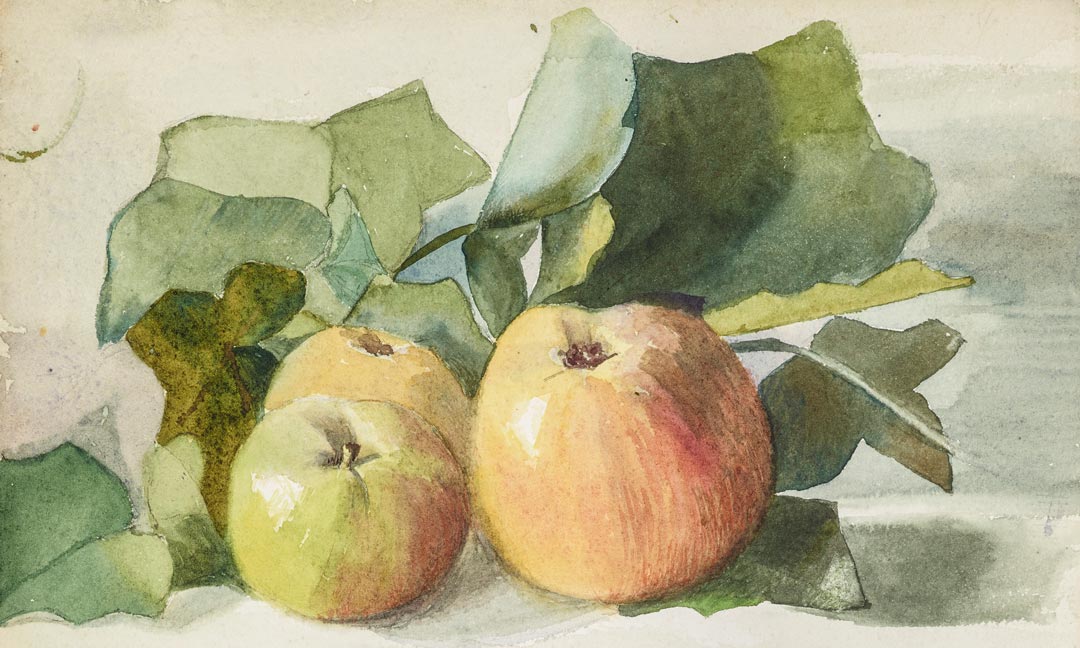
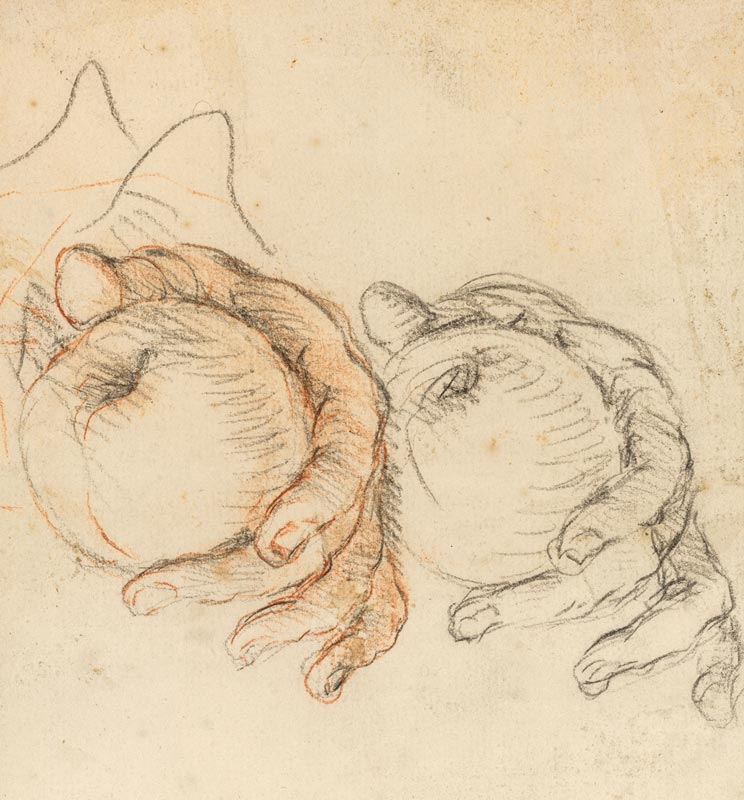

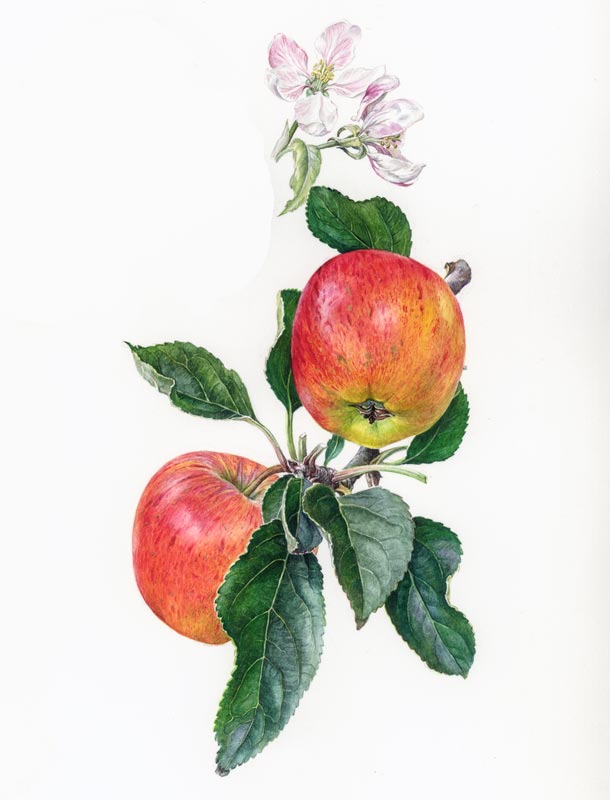
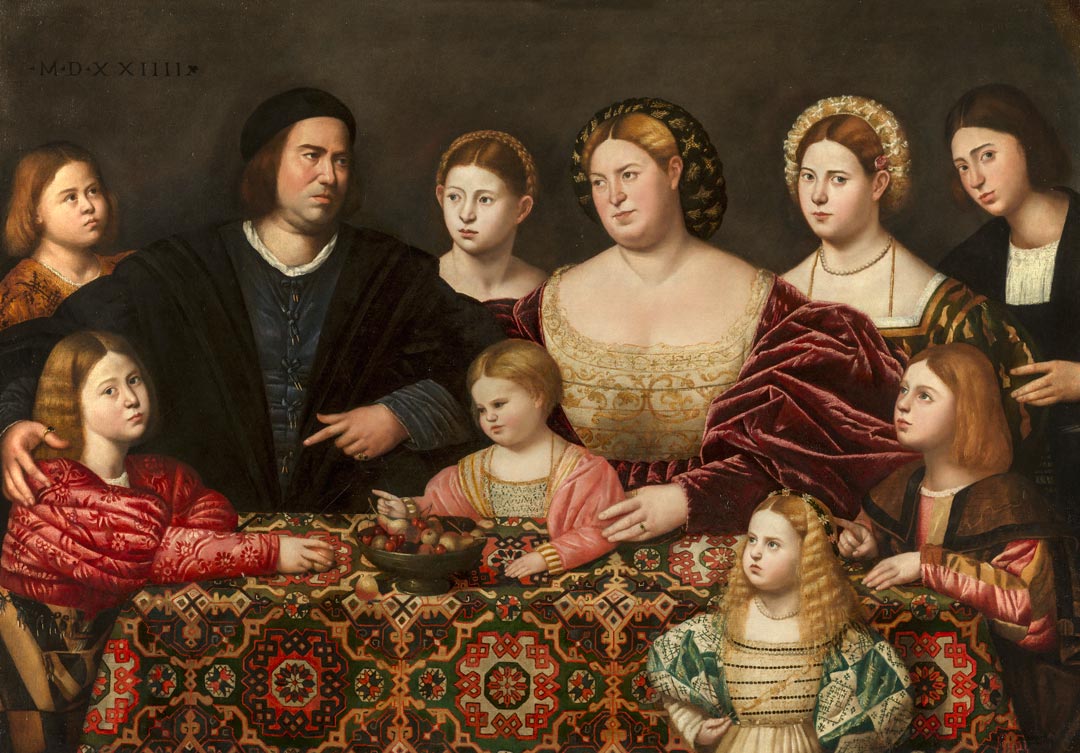

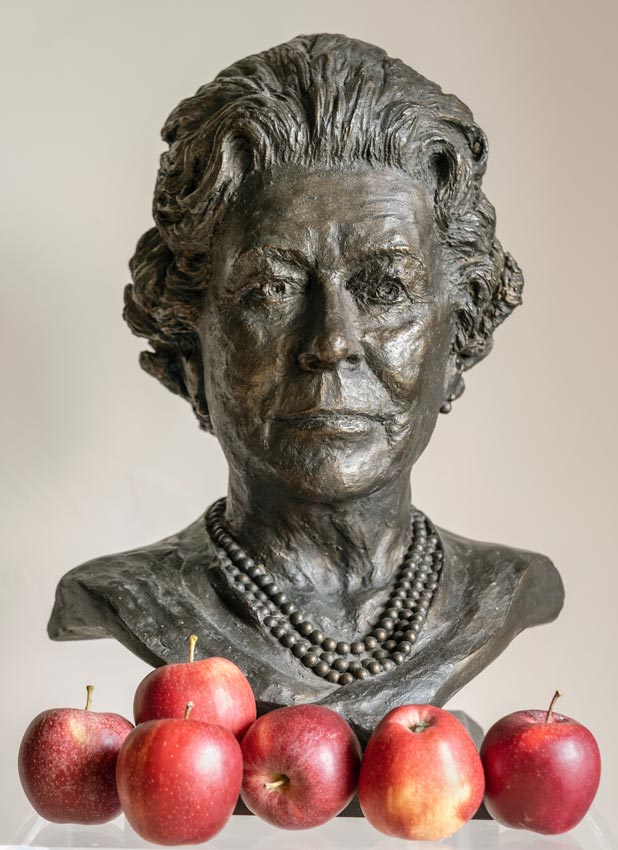
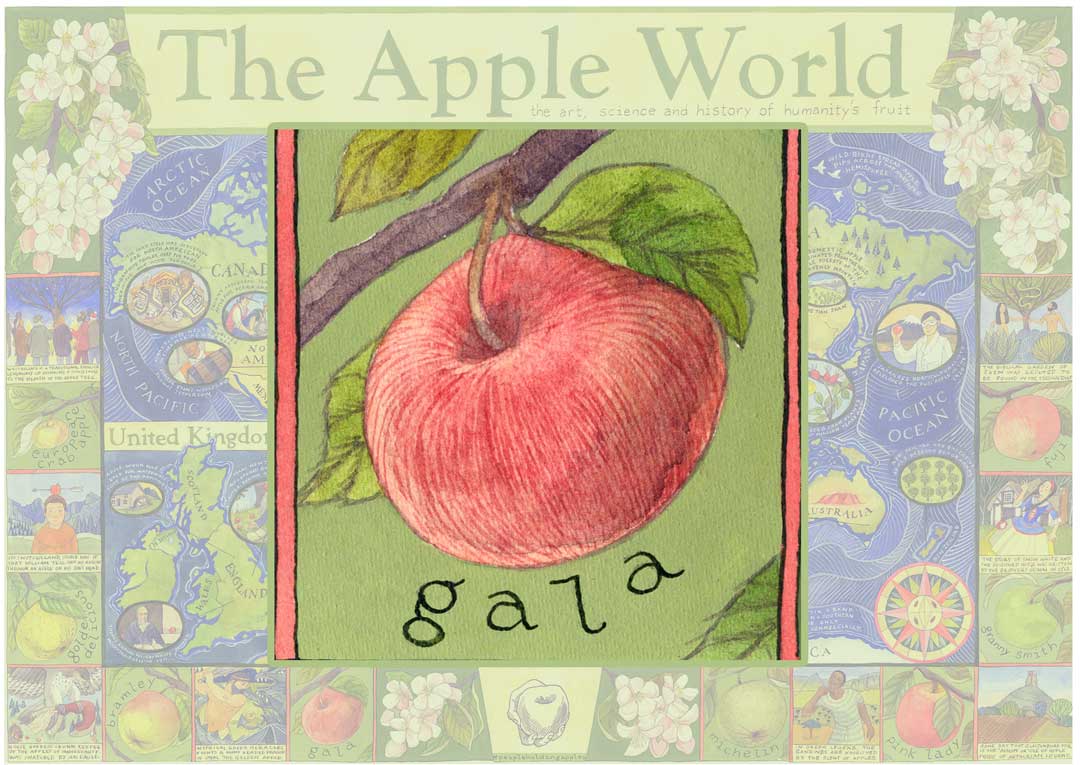


 Idun and Brage, 1846, oil on canvas by Nils Jakob Blommér, Malmö Art Museum, Sweden
Idun and Brage, 1846, oil on canvas by Nils Jakob Blommér, Malmö Art Museum, Sweden Bramley Apple Story
Bramley Apple Story